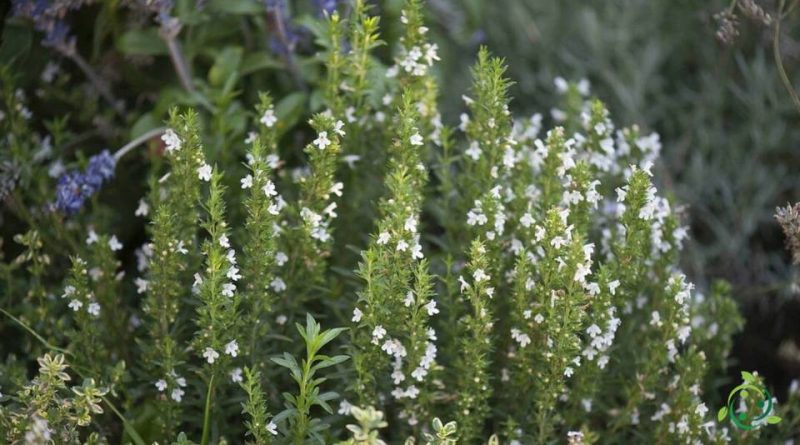How savory is reproduced
How savory is reproduced
The annual savory (Satureja hortensis L., 1753) is a perennial plant of the Lamiaceae family, native to western Asia and widespread in southern Europe.
This plant is present in Italy both spontaneously and naturalized, in the North and Center, in arid areas.
Plant of historical tradition that was highly regarded by the ancient Roman peoples who used it in great abundance to flavor foods.
This plant should be grown above all on dry, sandy or rocky soils, very well drained, not particularly rich in organic matter in order to enhance its aroma and flavor.
In this sheet we will see how to multiply the Satureja hortensis while for the details of the cultivation technique please refer to the specific sheet.
Propagation by seed –
The most used propagation technique for savory is that by seed.
In this case, sowing must be done in spring even if the plant generally tends to spontaneously re-seed every year.
It is advisable to carry out a sowing in seedbeds and a subsequent transplant in the ground or in pots.
Sowing takes place around the mid-March period on a substrate composed of common earth mixed with sand and a little fine gravel and taking care that this has good drainage.
Germination occurs in about 15 days and the seedlings will reach maturity after about 2 months.
In general, in the propagation of annual varieties it is good to proceed by sowing, while for perennial ones the best method is certainly the division of the tufts and cutting.
Propagation by division –
The propagation by division, which we have said is more useful for perennial varieties, the optimal period is that between March and April. The technique is to extract the plants with the earthen bread and then proceeding to divide the clump into several parts; during transplantation it is recommended to use the youngest and most vital shoots.
Propagation by cuttings –
In propagation by cuttings, we proceed with the cutting of some twigs to be transplanted in the same way as the tufts. In this case the best results are obtained with herbaceous branches taken in the spring or semi-woody period taken after August. These must be made with a length of about 10 cm and must be inserted in a very well drained substrate based on soil, sand and possibly perlite.
Rooting takes place rather quickly and can be transplanted as early as the following year.
We also remind you that, whatever the propagation method, it is good to shade the area subject to multiplication by humidifying frequently.
In this way, both the rooting and the emergence of the young seedlings take place better.
Propagation by offshoot –
The propagation technique by offshoot exploits the possibility of directly using the stems, to which a slight incision is made, and then inserting them under the surface of the ground, blocking it, possibly with a metal wire. Rooting can take place in more or less short times. Subsequently, the seedling obtained can be detached from the mother and possibly moved to another area.
Collection and storage –
The leaves of the Satureja hortensis are used, which must be taken and used either fresh or dried. The collection must be done before flowering.
Use in the kitchen and therapeutic properties –
The leaves of this plant are strongly aromatic and are used to give flavor to meat and fish dishes.
They have therapeutic properties, such as: digestive, carminative, tonic-stimulating. For external use they can be used as an antiseptic in oral inflammations.

